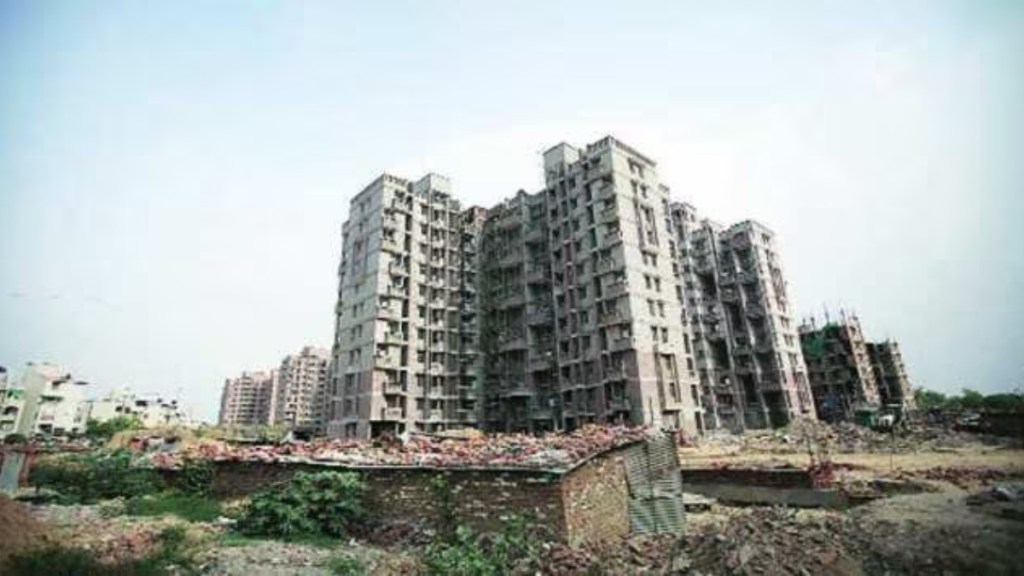By Mahesh Patil
After a strong rally in the last one year (Nifty realty up 72% YoY), real estate are showing signs of fatigue. We believe we are at the midpoint of a cyclical recovery with increased affordability, industry consolidation, favourable supply-demand, higher urbanisation-led demand and record low inventory levels.
The sector has been an underperformer during 2014-2019 as it suffered from very high inventory levels, weak execution and questionable industry practices, especially by developers at the lower end of quality spectrum. However, RERA has been a game changer, as it has given a structure to the industry and bought back consumer trust and confidence.
Fundamentals are still intact
Improved affordability: Current housing affordability is at multi-year high levels despite price increases after COVID. The nominal wage growth has been higher than the real estate price increases for almost a decade, leading to consistent improvement in affordability.
Favorable supply-demand: Fundamentals started improving even before Covid. However, the pace of improvement really picked up after the pandemic. Since 2017, demand has outstripped launches, leading to a consistent drawdown of inventory. Current inventory at pan India basis is at a decadal-low level of 12 months, against the peak of 33 months in 2017.
Consolidation: The share of Grade A developers has constantly been increasing and some estimates put it at one-third of the total supply in major cities. Larger reputable developers are in a win-win situation as both supply and demand are gravitating towards them. Access to capital is now restricted to a select few, as institutional financing options are dwindling (ILFS-led NBFC crisis, HDFC merger). Similarly, trust deficit with the broader developer community has led to better realisation and absorption for Grade A developers.
Strong commercial leasing: Office absorption is increasing every year since COVID, with a greater proportion of demand coming from GCC. The year 2023 was the second-best in terms of office absorption. and data suggest 2024 will surpass the previous high of 2019 by at least 50%. GCC generates higher paid employees vs typical IT/ITeS, which means not only the consumer pool is expanding, but the quality of consumers is also getting better.
Better capital management: Industry has also learnt from the last cycle on capital allocation. Companies are now focused on sales velocity rather than land banking. Joint development/joint venture, which is structurally less capital intensive, are now the preferred route of project addition.
Few signs of worry: The NCR and Hyderabad markets are causing a little bit of worry. Reasons, however, are different. The NCR, due to past excess, has seen a total wipe-out of developers barring few. This supply constraint environment has led to maximum price appreciation in the NCR (~ 100% since COVID vs all-India price rise of ~30%), with large demand chasing small supply. Froth is more on the lower end of the quality spectrum rather than at the top-end. Sooner or later, this is likely to culminate in a demand slowdown.
Hyderabad is the only major market among the top seven cities where absolute inventory is higher compared with pre-Covid days. Even in terms of the number of months of inventory, this is higher than other markets. The commercial market in Hyderabad is also the most oversupplied one with higher vacancies than the national average.
We believe that the fundamentals of the sector are broadly intact, and large, listed players will continue to outperform smaller peers. Real estate remains one of our preferred sectors for investments. However, we remain selective, betting on developers with better execution, sales velocity and the ability to recycle capital faster.
(The author is CIO, Aditya Birla Sun Life AMC)


